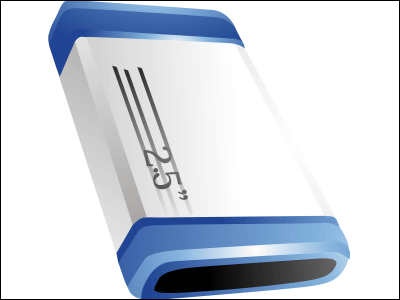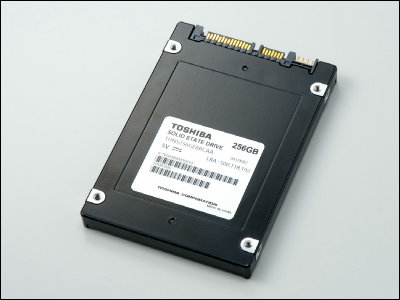The specifications of DDR5 memory that finally appeared are different for each manufacturer, what is the difference?

The final specifications of the memory standard 'DDR5' were finalized in July 2020, and manufacturers have begun shipping DDR5 memory from around the end of 2021. EE Times, a technology-related media, explains the differences in manufacturing methods and specifications for this DDR memory depending on the manufacturer.
EETimes-Comparing DDR5 Memory From Micron, Samsung, SK Hynix
https://www.eetimes.com/comparing-ddr5-memory-from-micron-samsung-sk-hynix/
DDR5 is a standard established as a successor to DDR4, the maximum storage density per die area has increased from 16 Gbits of DDR4 to 64 Gbits, and the data transfer speed per input / output pin has increased from the maximum of 3.2 Gbps of DDR4 to 6.4 Gbps. It has turned into. Intel has announced that it will support DDR5 with the 12th generation Core processor announced in October 2021, and AMD has also announced that it will support DDR5 with the Zen 4 processor scheduled to appear in 2022.
JEDEC announces the final specifications of the next-generation memory standard 'DDR5', what has evolved from DDR4? --GIGAZINE

After the DDR5 specifications were finalized, SK hynix announced in October 2020 that the world's first DDR5 memory was ready for shipment, and in March 2021 Samsung announced the development of 512GB DDR5 memory. After that, DDR5 memory appeared one after another from each manufacturer, and at the time of writing the article, distribution in the market has started. However, even if you say DDR5 memory in a nutshell, there are differences in the manufacturing method for each manufacturer, and there are also differences in specifications. Therefore, EE Times compares the specifications of DDR5 memory developed by three major companies, Micron, Samsung, and SK hynix, and explains the difference.
The memory used for comparison by EE Times is 'Team Group ELITE DDR5 16 GB UDIMM' which adopted the memory module made by Micron and 'G.SKILL Trident Z5 DDR5 memory (F5–5600U3636C16GX2–TZ5K) which adopted the memory module of Samsung'. It is 'SK Hynix 32 GB HMCG88MEBUA81N DDR5 UDIMM PC5–4800B' which adopted the memory module of SK hynix. The table that summarizes each specification is as follows. Micron uses smaller process nodes than Samsung and SK hynix, resulting in the smallest die size and highest recording density.
| Memory module manufacturer | Micron | Samsung | SK hynix |
| Product name | TeamGroup ELITE DDR5 16 GB UDIMM | G.SKILL Trident Z5 DDR5 memory (F5–5600U3636C16GX2–TZ5K) | SK Hynix 32 GB HMCG88MEBUA81N DDR5 UDIMM PC5–4800B |
| standard | DDR5-4800 | DDR5-5600 | DDR5-4800 |
| Bandwidth | 38.4GB / s | 44.8GB / s | 38.4GB / s |
| Process node | 1z | D1y | 1y |
| Die size | 66.26mm 2 | 73.58mm 2 | 75.21mm 2 |
| Cell size | 0.0020 μm 2 | 0.0023 μm 2 | 0.0022 μm 2 |
| Recording density | 0.241Gb / mm 2 | 0.217Gb / mm 2 | 0.213Gb / mm 2 |
Below is a graph summarizing the process nodes of DDR4-3200 and DDR5-4800. The memory of DDR4-3200 adopted a process node in which Micron (blue) and SK hynix (gray) are finer than Samsung (orange), but in DDR5-4800, SK hynix is a process node equivalent to Samsung. You can see that only Micron continues to adopt miniaturized process nodes.

DDR5 memory has just arrived on the market, and manufacturers are in the process of developing technology with the aim of increasing the density, improving energy efficiency, and improving reliability of DDR5 memory. Therefore, it is expected that a memory with higher capacity and lower power consumption than the existing DDR5 memory will appear in the future.
Related Posts:
in Hardware, Posted by log1o_hf






